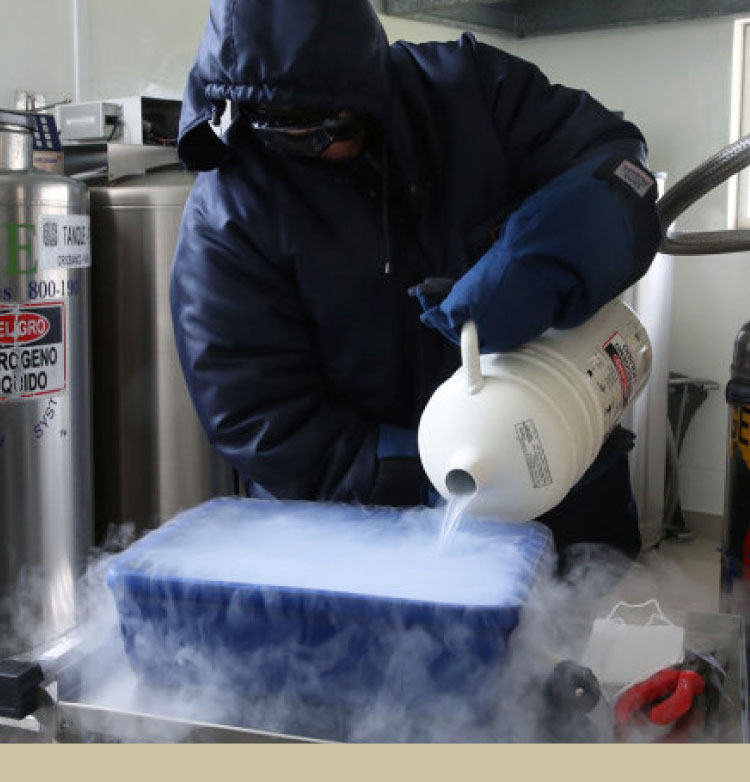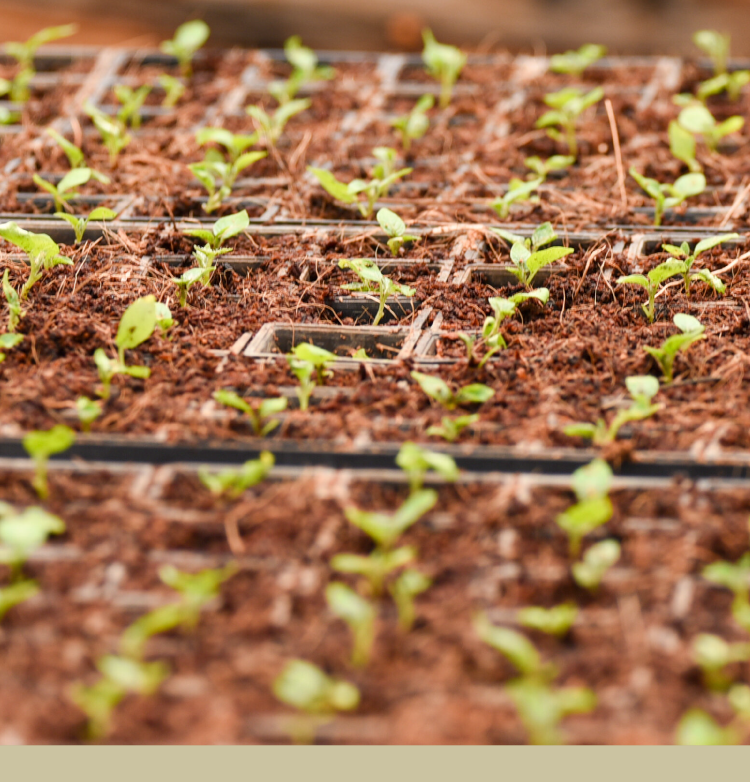Environmental health and biodiversity
The unpredictable impacts of natural disasters, environmental threats and a changing climate further threaten global food security. Conservation and use of crop genetic diversity offers options to face these challenges. The CIP genebank drives efforts to conserve the world’s genetic diversity of potato and sweetpotato for future use. It plays a critical role in facilitating the impact-oriented release of innovations and products. In-situ and ex-situ conservation of genetic diversity is critical for preserving and monitoring changes in the world’s plant genetic resources. Lost genetic diversity would restrict our ability to enhance farmer resilience and produce enough nutritious food for the world.
- CIP has created one of the world’s largest in-vitro genebanks, with more than 12,000 accessions of potato, sweetpotato and other Andean root and tuber crops, which comprise a treasure trove of traits that could be harnessed to address climate change challenges. RNA virus detection technology has facilitated the detection and cleaning of materials for distribution of virus-free planting material across the globe since 2010 and CIP-developed training materials have helped build capacity in other agricultural institutions globally. Every year, more than 5,000 samples of virus-free germplasm are sent to scientists around the world and another 2,700 virus-free native potato accessions are shared with indigenous Andean communities for cultivation and in-situ conversation.
- Since 2010, CIP has made substantial strides in long-term agrobiodiversity conservation at its genebank through cryopreservation—preserving crop tissues in liquid nitrogen at -196 °C—which reduces the need for laborious and costly practices for the renovation of in-vitro accessions. In just seven years, CIP built up the largest and world’s most diverse potato cryobank collection, which to date conserves more than 3,300 Andean potato landraces. The cryopreservation protocol has been improved continuously, producing significant gains in the rewarming and recovery process of cryopreserved genetic material, with full plant recovery rates increasing from 58.2% to 71.6%.
- While it is generally understood that genetic material from the CIP genebank has played an important role in the release of many improved varieties in developing countries, the economic contribution has rarely been quantified. A 2020 study put the value of the Victoria potato variety to the Ugandan economy for the period 1991–2016 at USD 1 billion. Scientists found that 72% of the economic benefits corresponding to germplasm of Victoria were due to the CIP genebank contribution, confirming the magnitude of economic benefits generated using CIP germplasm in crop improvement. These results show that the availability of diverse germplasm is perhaps one of the most important elements in varietal development.

PROVEN INNOVATIONS
PROMISING INNOVATIONS AND INITIATIVES
The Andean Initiative is a regional innovation platform designed to preserve the Andes’ unique agrobiodiversity, promote healthy diets, and build a climate-resilient future. To do so, the Andean Initiative seeks to foster the sustainable use of agrobiodiversity to promote development based on unique local resources from the 87 biological hotspots contained in the Andes. The initiative is pursuing transformative change through ten critical transitions – each one matched to a Sustainable Development Goal– that seeks to, ultimately, equip two million farms with climate adaptive tools, restore one million hectares of peatland, engage one million young people with nutrition education, and strengthen supply chains for six major Andean crops.
Lima 2035 is a ‘public-private-people partnership’ to reverse trends of extraction and desertification toward climate-resilience and agrobiodiversity. Taking a scalable and transferrable systems-based approach to social and environmental change through food citizenship, Lima 2035 will establish 350+ food hubs, based on a set of interventions focused on water access, wastewater reclamation and urban farming with cascading effects for nutrition and inclusive growth. Very much in the spirit of the One CGIAR, the initiative is an innovative vision for the sustainable transformation of food, land and water systems. Selected as a Rockefeller Foundation Finalist for the Food System Vision Prize 2020, it is rooted in evidence-based research within a broader vision to inspire innovative thinking about future global challenges.


